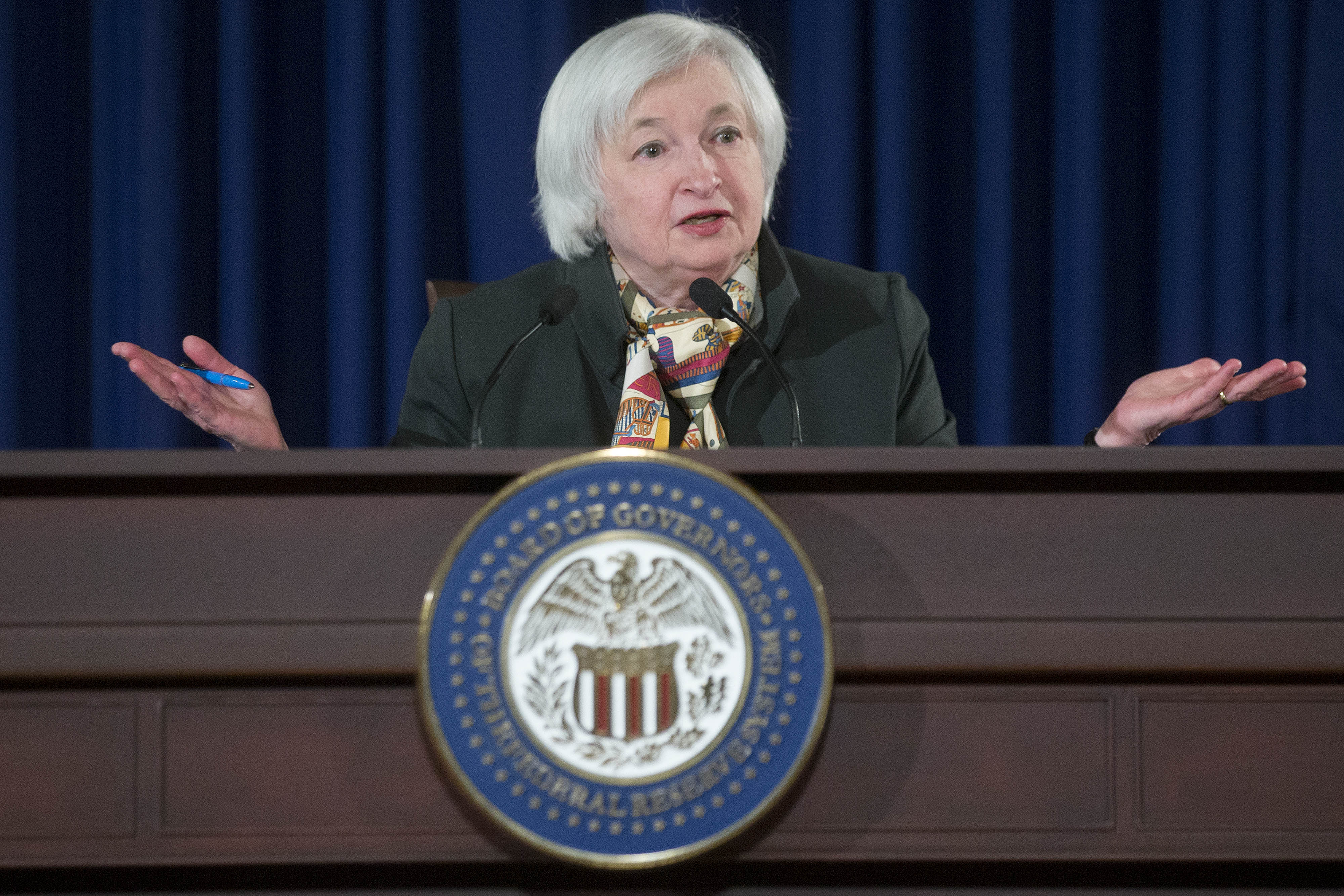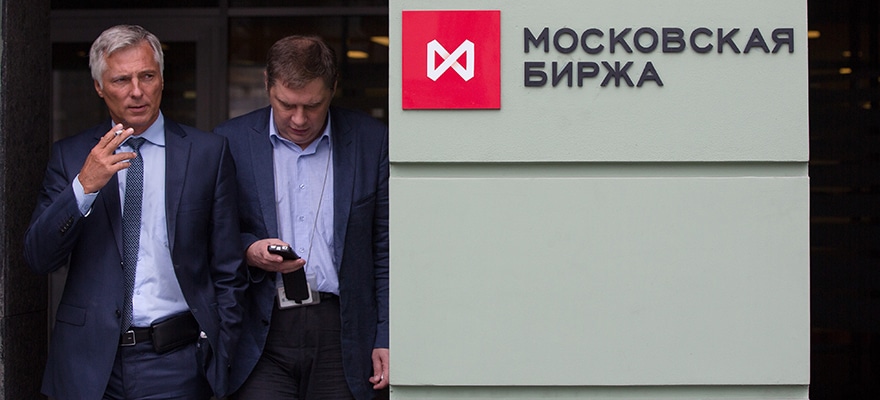New York and London are hubs for FX trading where most of Liquidity
Liquidity
The term liquidity refers to the process, speed, and ease of which a given asset or security can be converted into cash. Notably, liquidity surmises a retention in market price, with the most liquid assets representing cash.The most liquid asset of all is cash itself.· In economics, liquidity is defined by how efficiently and quickly an asset can be converted into usable cash without materially affecting its market price. · Nothing is more liquid than cash, while other assets represent
The term liquidity refers to the process, speed, and ease of which a given asset or security can be converted into cash. Notably, liquidity surmises a retention in market price, with the most liquid assets representing cash.The most liquid asset of all is cash itself.· In economics, liquidity is defined by how efficiently and quickly an asset can be converted into usable cash without materially affecting its market price. · Nothing is more liquid than cash, while other assets represent
Read this Term comes from high-end banks called LP “Liquidity Providers
Liquidity Providers
A liquidity provider (LP) constitutes an individual and/or an institution that functions as a market maker in a given asset class. Broadly speaking, liquidity providers will act as both the buyer and seller of a particular asset, thus making a market. In the equities space, many stock exchanges rely on liquidity providers who make the commitment to provide liquidity in a given equity. These liquidity providers commit to providing liquidity in the hopes that they will be able to make a profit on
A liquidity provider (LP) constitutes an individual and/or an institution that functions as a market maker in a given asset class. Broadly speaking, liquidity providers will act as both the buyer and seller of a particular asset, thus making a market. In the equities space, many stock exchanges rely on liquidity providers who make the commitment to provide liquidity in a given equity. These liquidity providers commit to providing liquidity in the hopes that they will be able to make a profit on
Read this Term”.
What we have experienced from the last 20 years of handling various trading desks across the world.
FX markets work in line with fundamentals and most of the fundamentals are economic indicators provided by various developed developing country governments, i.e GDP, import and export data parameters.
Other than economic indicators, there are various other sources which high-end traders use to forecast the FXmarket, i.e gold/silver pricing, to check the flow of money from banks as “ liquidity providers ” to which asset class.
Liquidity providers decide on the flow of money from asset classes in total control with the government.
So the next market in which liquidity providers infuse money is stock markets. By using those data traders can also analyze the Money Flow Direction.
Finally, FX traders have to see the interest rates of all currency pairs, loan interest rates, bond markets, fixed interest rate; which are in control by the central banks.
Now, how does FX market manipulation work? It’s a game run by three parties; first LP liquidity providers, second governance body of developed countries, i.e ECB “European Central Bank” and the government itself.
Central Governance Bodies & Government Role in FX Markets
Central Banks Control Interest Rate Manipulation to Affect FX Markets: Low interest rates : Interest rates are, in effect, the price of money and as such they’re a crucial signal to virtually everyone in every market.
When rates are high, that’s an incentive to save, because the resulting yield is attractive.
Low rates, meanwhile, are a signal that money is cheap and borrowing is potentially more profitable than saving. Prior to World War II interest rates were set mostly by supply and demand.
When there were lots of productive uses for a limited supply of money, demand for it went up and interest rates rose, and vice versa.
Market participants had a fair idea of what the economy was asking for and the government generally let them respond to these signals.
When the Fed began playing a bigger role in the economy in the 1950s and 60s, it chose the Fed Funds Rate as its main policy tool, the rate at which it lent short-term money to banks. Long-term interest rates (i.e., the bond market) remained free to fluctuate according to the supply and demand for loans. But following the crisis of 2008 the Fed and other central banks expanded their focus from short-term rates to all rates, including long-term.
Today, the Fed intervenes aggressively “across the yield curve,” pushing short rates down to zero and buying enough bonds to push long-term rates down to historically low levels.
These interventions have preempted the market’s price-signaling mechanism, encouraging borrowing and speculation and discouraging saving.
Entire yield curve – from short to long-term interest rates – is now dominated and manipulated by the government.
Interest Rates and Currency Exchange Rates: While governments have been actively depressing interest rates, the world’s major banks have been manipulating the London Interbank Offered Rate (Libor) for their own ends.
Libor is the reference rate for trillions of dollars of loans worldwide. And in a scandal that is still escalating, it has been revealed that the banks responsible for setting this rate have been arbitrarily moving it around and then trading on the advance knowledge of the movement, enhancing their profits and year-end bonuses.
Other banks have lied about the rates at which they were borrowing to make them appear less fragile during the 2008 financial crisis, misleading market participants as well as government regulators.
Meanwhile, many of the loans based on Libor rates have disadvantaged the entity on one side of the transaction, costing, in the aggregate, hundreds of billions of dollars. Furthermore, in 2013, US, Swiss and British regulators opened investigations of more than a dozen major banks alleged to have manipulated currency exchange rates and traded on inside information by “front-running” (trading for the bank’s own account before executing customer orders).
Stock Market Manipulation for the FX Market : High stock prices until very recently, share prices, by general consensus were set purely by market forces (though they were influenced somewhat by the Fed’s control of short term-interest rates and government tax and spending laws). Whether the market went up or down was not generally seen as a pressing policy matter for the federal government or central bank. Then in 1988 – presumably in response to the previous year’s flash-crash that had sliced about 30 percent from US stock prices in a single month.
One of Fed's heads in an interview with The Wall Street Journal: “Instead of flooding the entire economy with liquidity, and thereby increasing the danger of inflation, the Fed could support the stock market directly by buying market averages in the futures market, thereby stabilizing the market as a whole.” Same as DII support at India.
Interest rates, as mentioned above, are manipulated in part to make stocks more attractive relative to bank accounts and cash. Also the repeated bailouts of banks and major industrial companies when their failure threatened the economy – and therefore share prices – are widely perceived as a government “backstop” for equities.
The goal isn't higher share prices per se but to engender optimism among investors who are then more willing to borrow and spend because their portfolios are rising.
This so-called “wealth effect” is now a central lever of government policy. Cheap mortgages, inflated home prices for most of the 20th century, homes were bought with either cash or 30-year, fixed-rate mortgages.
Due to the fact the long-term interest rates were not set by the Fed, the price of money with which to buy a house was determined mostly by the market. But after the 2008 financial crisis, when the Fed began forcing down long-term rates, cheap mortgages and rising home prices became government policy objectives. The Fed now buys mortgage-backed bonds in addition to government bonds, which both lowers mortgage rates and funnels money into the mortgage market, generally making home loans easier to obtain and inducing individuals to buy the biggest possible house with most aggressive possible financing. Here again, rising home prices are just a means to a positive wealth effect.
Gold Price Manipulation for the FX Market: Metal is a competing form of money, when it rises in dollar terms it makes the dollar and the dollar’s managers look bad.
So for nearly two decades, the US, along with several other governments and their central banks, has been systematically intervening in the gold market to push down its exchange rate to the dollar.
They do this by covertly dumping central bank gold onto the market and instructing large commercial banks to sell huge numbers of gold futures contracts into CME traded markets. Together, these secret machinations have held gold’s exchange rate far below where a free market would have taken it. Gold’s ability to signal market participants that inflation is rising and/or national currencies are being mismanaged is being short-circuited. As a result, market participants who might otherwise be converting those currencies into hard assets are not doing so.
Final Note: By carrying out those manipulations, government & central banks control the flow of money worldwide, affecting FX markets and at various times we see the failure of fundamentals.
New York and London are hubs for FX trading where most of Liquidity
Liquidity
The term liquidity refers to the process, speed, and ease of which a given asset or security can be converted into cash. Notably, liquidity surmises a retention in market price, with the most liquid assets representing cash.The most liquid asset of all is cash itself.· In economics, liquidity is defined by how efficiently and quickly an asset can be converted into usable cash without materially affecting its market price. · Nothing is more liquid than cash, while other assets represent
The term liquidity refers to the process, speed, and ease of which a given asset or security can be converted into cash. Notably, liquidity surmises a retention in market price, with the most liquid assets representing cash.The most liquid asset of all is cash itself.· In economics, liquidity is defined by how efficiently and quickly an asset can be converted into usable cash without materially affecting its market price. · Nothing is more liquid than cash, while other assets represent
Read this Term comes from high-end banks called LP “Liquidity Providers
Liquidity Providers
A liquidity provider (LP) constitutes an individual and/or an institution that functions as a market maker in a given asset class. Broadly speaking, liquidity providers will act as both the buyer and seller of a particular asset, thus making a market. In the equities space, many stock exchanges rely on liquidity providers who make the commitment to provide liquidity in a given equity. These liquidity providers commit to providing liquidity in the hopes that they will be able to make a profit on
A liquidity provider (LP) constitutes an individual and/or an institution that functions as a market maker in a given asset class. Broadly speaking, liquidity providers will act as both the buyer and seller of a particular asset, thus making a market. In the equities space, many stock exchanges rely on liquidity providers who make the commitment to provide liquidity in a given equity. These liquidity providers commit to providing liquidity in the hopes that they will be able to make a profit on
Read this Term”.
What we have experienced from the last 20 years of handling various trading desks across the world.
FX markets work in line with fundamentals and most of the fundamentals are economic indicators provided by various developed developing country governments, i.e GDP, import and export data parameters.
Other than economic indicators, there are various other sources which high-end traders use to forecast the FXmarket, i.e gold/silver pricing, to check the flow of money from banks as “ liquidity providers ” to which asset class.
Liquidity providers decide on the flow of money from asset classes in total control with the government.
So the next market in which liquidity providers infuse money is stock markets. By using those data traders can also analyze the Money Flow Direction.
Finally, FX traders have to see the interest rates of all currency pairs, loan interest rates, bond markets, fixed interest rate; which are in control by the central banks.
Now, how does FX market manipulation work? It’s a game run by three parties; first LP liquidity providers, second governance body of developed countries, i.e ECB “European Central Bank” and the government itself.
Central Governance Bodies & Government Role in FX Markets
Central Banks Control Interest Rate Manipulation to Affect FX Markets: Low interest rates : Interest rates are, in effect, the price of money and as such they’re a crucial signal to virtually everyone in every market.
When rates are high, that’s an incentive to save, because the resulting yield is attractive.
Low rates, meanwhile, are a signal that money is cheap and borrowing is potentially more profitable than saving. Prior to World War II interest rates were set mostly by supply and demand.
When there were lots of productive uses for a limited supply of money, demand for it went up and interest rates rose, and vice versa.
Market participants had a fair idea of what the economy was asking for and the government generally let them respond to these signals.
When the Fed began playing a bigger role in the economy in the 1950s and 60s, it chose the Fed Funds Rate as its main policy tool, the rate at which it lent short-term money to banks. Long-term interest rates (i.e., the bond market) remained free to fluctuate according to the supply and demand for loans. But following the crisis of 2008 the Fed and other central banks expanded their focus from short-term rates to all rates, including long-term.
Today, the Fed intervenes aggressively “across the yield curve,” pushing short rates down to zero and buying enough bonds to push long-term rates down to historically low levels.
These interventions have preempted the market’s price-signaling mechanism, encouraging borrowing and speculation and discouraging saving.
Entire yield curve – from short to long-term interest rates – is now dominated and manipulated by the government.
Interest Rates and Currency Exchange Rates: While governments have been actively depressing interest rates, the world’s major banks have been manipulating the London Interbank Offered Rate (Libor) for their own ends.
Libor is the reference rate for trillions of dollars of loans worldwide. And in a scandal that is still escalating, it has been revealed that the banks responsible for setting this rate have been arbitrarily moving it around and then trading on the advance knowledge of the movement, enhancing their profits and year-end bonuses.
Other banks have lied about the rates at which they were borrowing to make them appear less fragile during the 2008 financial crisis, misleading market participants as well as government regulators.
Meanwhile, many of the loans based on Libor rates have disadvantaged the entity on one side of the transaction, costing, in the aggregate, hundreds of billions of dollars. Furthermore, in 2013, US, Swiss and British regulators opened investigations of more than a dozen major banks alleged to have manipulated currency exchange rates and traded on inside information by “front-running” (trading for the bank’s own account before executing customer orders).
Stock Market Manipulation for the FX Market : High stock prices until very recently, share prices, by general consensus were set purely by market forces (though they were influenced somewhat by the Fed’s control of short term-interest rates and government tax and spending laws). Whether the market went up or down was not generally seen as a pressing policy matter for the federal government or central bank. Then in 1988 – presumably in response to the previous year’s flash-crash that had sliced about 30 percent from US stock prices in a single month.
One of Fed's heads in an interview with The Wall Street Journal: “Instead of flooding the entire economy with liquidity, and thereby increasing the danger of inflation, the Fed could support the stock market directly by buying market averages in the futures market, thereby stabilizing the market as a whole.” Same as DII support at India.
Interest rates, as mentioned above, are manipulated in part to make stocks more attractive relative to bank accounts and cash. Also the repeated bailouts of banks and major industrial companies when their failure threatened the economy – and therefore share prices – are widely perceived as a government “backstop” for equities.
The goal isn't higher share prices per se but to engender optimism among investors who are then more willing to borrow and spend because their portfolios are rising.
This so-called “wealth effect” is now a central lever of government policy. Cheap mortgages, inflated home prices for most of the 20th century, homes were bought with either cash or 30-year, fixed-rate mortgages.
Due to the fact the long-term interest rates were not set by the Fed, the price of money with which to buy a house was determined mostly by the market. But after the 2008 financial crisis, when the Fed began forcing down long-term rates, cheap mortgages and rising home prices became government policy objectives. The Fed now buys mortgage-backed bonds in addition to government bonds, which both lowers mortgage rates and funnels money into the mortgage market, generally making home loans easier to obtain and inducing individuals to buy the biggest possible house with most aggressive possible financing. Here again, rising home prices are just a means to a positive wealth effect.
Gold Price Manipulation for the FX Market: Metal is a competing form of money, when it rises in dollar terms it makes the dollar and the dollar’s managers look bad.
So for nearly two decades, the US, along with several other governments and their central banks, has been systematically intervening in the gold market to push down its exchange rate to the dollar.
They do this by covertly dumping central bank gold onto the market and instructing large commercial banks to sell huge numbers of gold futures contracts into CME traded markets. Together, these secret machinations have held gold’s exchange rate far below where a free market would have taken it. Gold’s ability to signal market participants that inflation is rising and/or national currencies are being mismanaged is being short-circuited. As a result, market participants who might otherwise be converting those currencies into hard assets are not doing so.
Final Note: By carrying out those manipulations, government & central banks control the flow of money worldwide, affecting FX markets and at various times we see the failure of fundamentals.



















